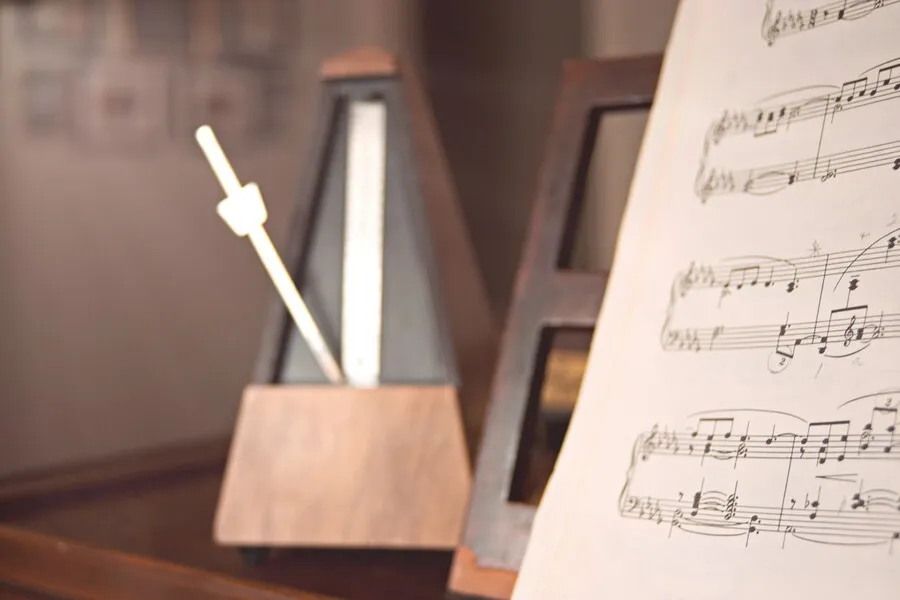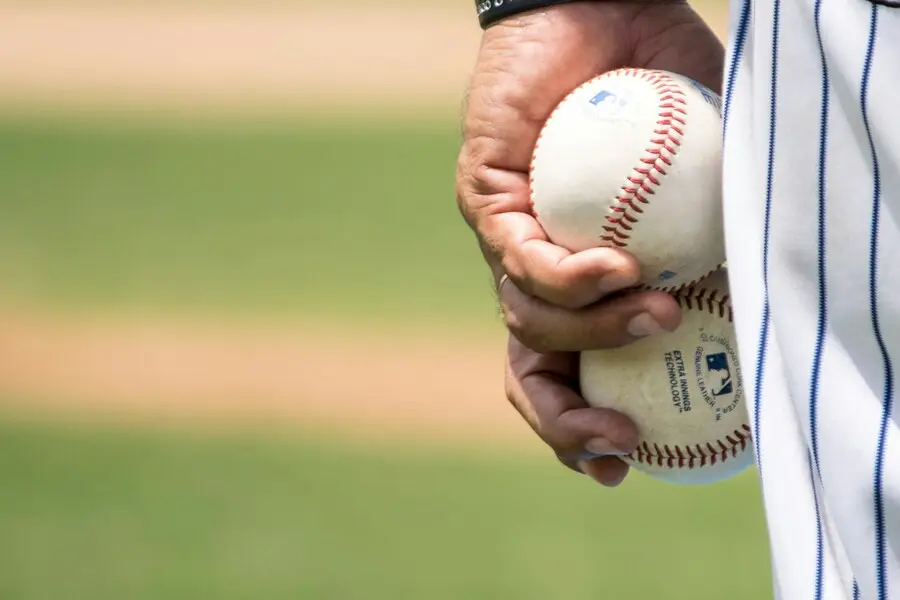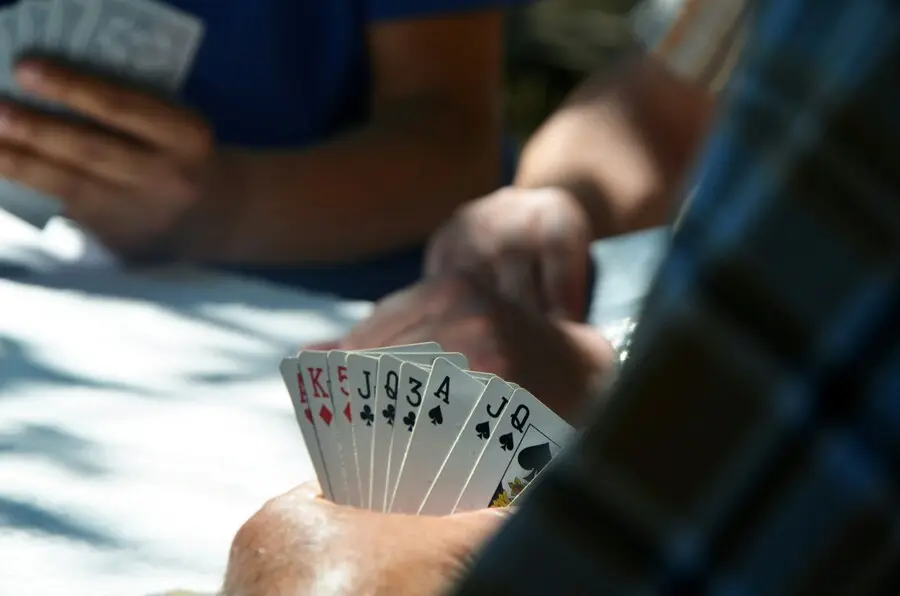When should the male dancer begin to lead his partner into her six-count or eight-count footwork once the swing music begins? The answer is that he should begin leading her on any of the song’s downbeats; that is, on the “1” count, the “3” count, the “5” count or the “7” count. These “base beats” are the backbone or pulse of a song! You don’t need to be a trained musician to understand a song’s tempo (or timing), just listen to music and pick out the rhythm section (drums, bass, guitar or piano).
To take the pulse of the song and determine its number of beats per minute (BPM), count these downbeats for fifteen seconds and then multiply by four. Very slow swing songs have around 70 BPM and very fast ones have upwards of 200 BPM. The swing songs that I personally enjoy dancing to the most, average about 125 BPM which coincidentally approximates my optimum cardio-training heart rate when I exercise. Notice that these downbeats differ from the upbeats that occur on the “2” count, the “4” count, the “6” count or the “8” count. In the St. Louis Imperial style East Coast Swing, we begin stepping on any of the music’s downbeats; however, this is not true of all styles of dance. In the Cha-Cha, for instance, dancers begin stepping after any of the music’s upbeats.
Beats per minute became common terminology in popular music during the disco era because of its usefulness to DJs; and it remains important in dance music today because both our style of dance and our footwork rhythms are determined by the tempo of the music! The original or classic style of Imperial Swing, which is danced “in the round,” is performed to music with a faster tempo (130-185 BPM) using primarily the slower single step and double step footwork rhythms. Today’s contemporary style of Imperial Swing, which is danced within a slot, is a combination of both East Coast Swing (135-175 BPM) and West Coast Swing (75-115 BPM). Dancers perform this popular, “slot-bop” hybrid to music with a slower tempo (100-135 BPM), and they use primarily the faster, triple step footwork rhythms. Remember, the terms are music timing (or tempo) and footwork rhythms (or steps) but not vice versa!
The “time signatures” of different music styles tell dancers how many beats there are to a measure, and which note represents that beat. Swing music uses 4/4 timing; that is, there are 4 beats to a measure (4/4) and the quarter note gets the beat (4/4). For example, on the 1 and 2 count of your six-count, triple step footwork, the “1” is an eighth note (or a half-beat) and the “and of 1” is an eighth note (or a half-beat). Together they add up to a quarter note or 1 beat; and the “2” count is a quarter note or 1 beat. On the 3 and 4 count, the “3” is an eighth note (or a half-beat), and the “and of 3” is an eighth note (or a half-beat). Together they add up to a quarter note or 1 beat; and the “4” count is a quarter note or 1 beat. These 2 beats bring the cumulative total up to 4 beats or one measure.
Finally, on the 5 – 6 breakstep, the “5” count is a quarter note (or 1 beat) and the “6” count is a quarter note (or 1 beat). These final two 2 counts bring the total up to six beats or one and a half measures. To summarize this footwork count, dancers take eight steps in six beats of the music. The 1st and 3rd beats are the downbeats (or base beats) and the 2nd and 4th beats are the upbeats. In East Coast Swing the accents* are on the 1st and 3rd beats (counts); however, in West Coast Swing the accents are on the 2nd and 4th beats. Good dancers let the music tell them what to do with their feet. If they begin their footwork on any of the song’s downbeats, and then end it on the sixth (or eighth) beat, then they are dancing in time with the music and finishing their steps when they are supposed to. As Skippy Blair, the renowned swing dance teacher, author and recipient of the California Swing Dance Hall of Fame Award, tells her students: “please don’t tell me how long to hold the beat; just tell me what the count is, so I can place my feet!
*Note: Skippy Blair’s: “Elements of Music and Timing” defines an accent as a firm sound or move on one particular note or count.
Source by Skip Culver












